

By Xie Zongming
Seals are common tools in both ancient Asia and Europe. In ancient Europe, people used seals when sending letters for privacy or confidentiality concerns. The name or heraldry on the seal also shows the identity of a person. Seals in the west are only a tool, with a certain number of fanciers. However in China, seals have gone beyond the use of stationery. It had became part of a broader culture called Jinshi Study (Antiquarianism), which is the rudiment of archaeology in ancient China. Up to now, seals in China are not only a symbol of identity but a symbol of Chinese Culture.
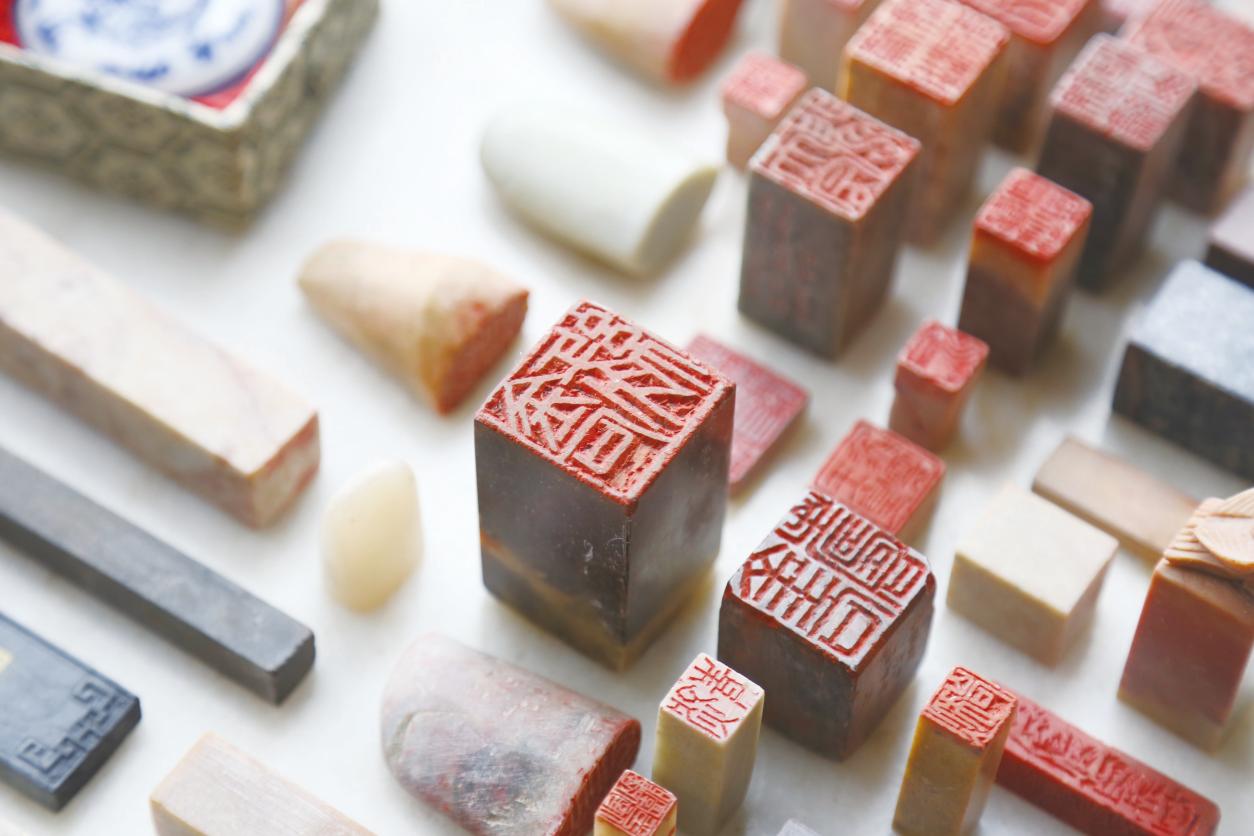
A tool, a subject, and most importantly, a symbol of power
The origin of Chinese seals could trace back to a very primal stage. It is said that the seal culture was developed from ancient Chinese totem worshiping. According to the historic record, the first seal was made by the Yellow Emperor (2698 BC-2598 BC), who made a cubic seal to suppress the evils of the land. In the Records of the Grand Historian, Su Qin, the great persuader in the Warring States (475 BC-221 BC), gained the trust of 6 kingdoms and was granted the seals of 6 kingdoms’ chancellor. With abundant objects and historic records from the Warring States Period unearthed, it is clear that seals have been widely used mainly in trade and politics since 475 BC.
After Qin Shi Huang, Ying Zheng, the First Emperor of China, unified the other 6 kingdoms of the Warring States, seals were further defined as a symbol of orthodox power. All the local governors needed an official seal as their credential that shows the orthodoxy of their position. Also, the emperor himself had his own seal called Xi, which by his edict was the official name for the seal of an emperor that should be passed on to his descendants for generations to come.
Later, Han Dynasty (202 BC-220 AD) took over Qin’s legacy, along with the whole system of governance. The prosperity and longevity of the Han Dynasty ensured its huge influence on the later generations. The same as Qin, Han Dynasty adopted seals as the symbol of power in all levels of government, marking a cultural meaning to this object. In the Southern and Northern Dynasties Period (420 AD-589 AD), the powerful minister, Dugu Xin, who had several titles, owned a polyhedral seal with 18 planes and 14 inscriptions for different occasions.
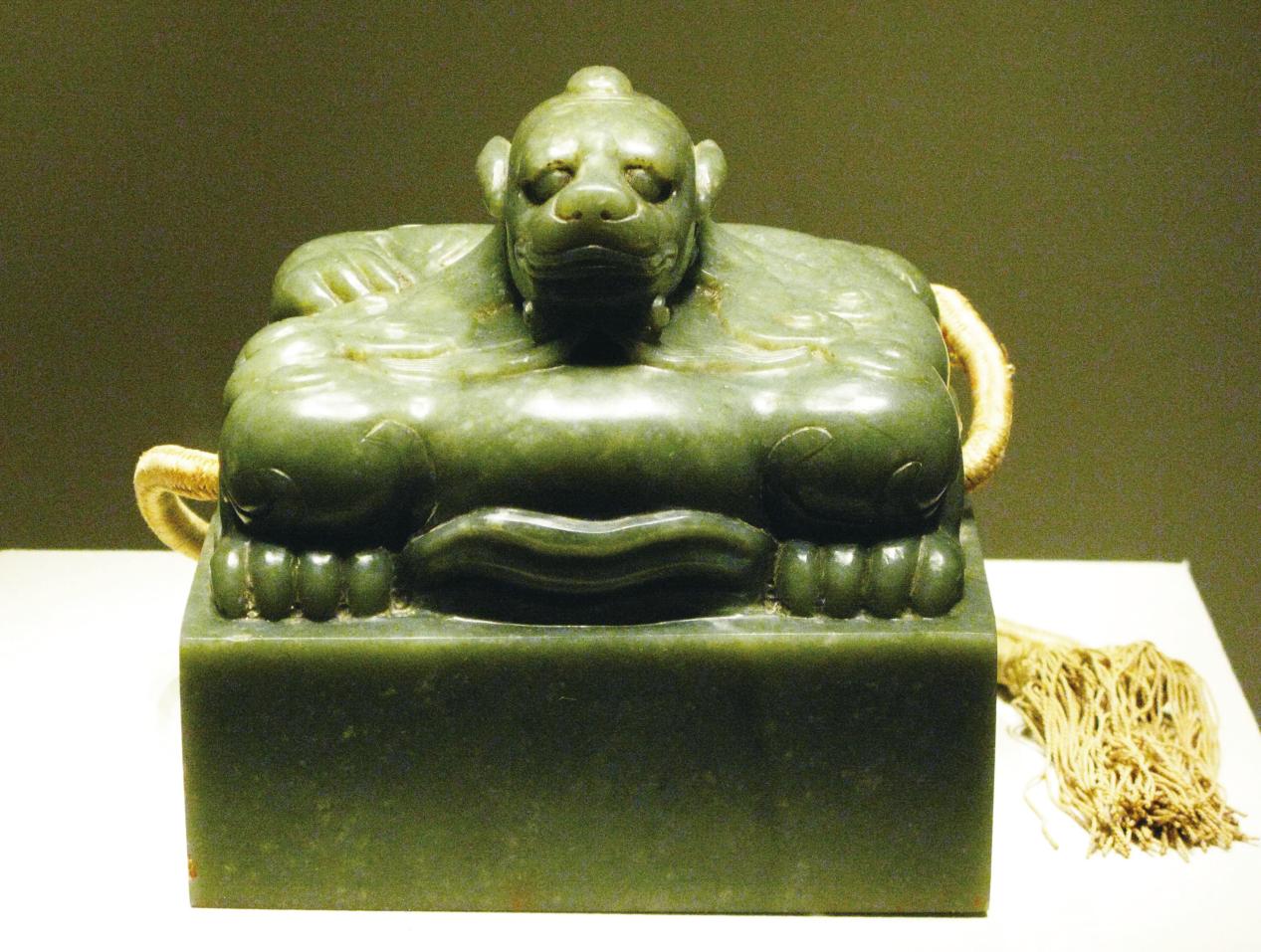
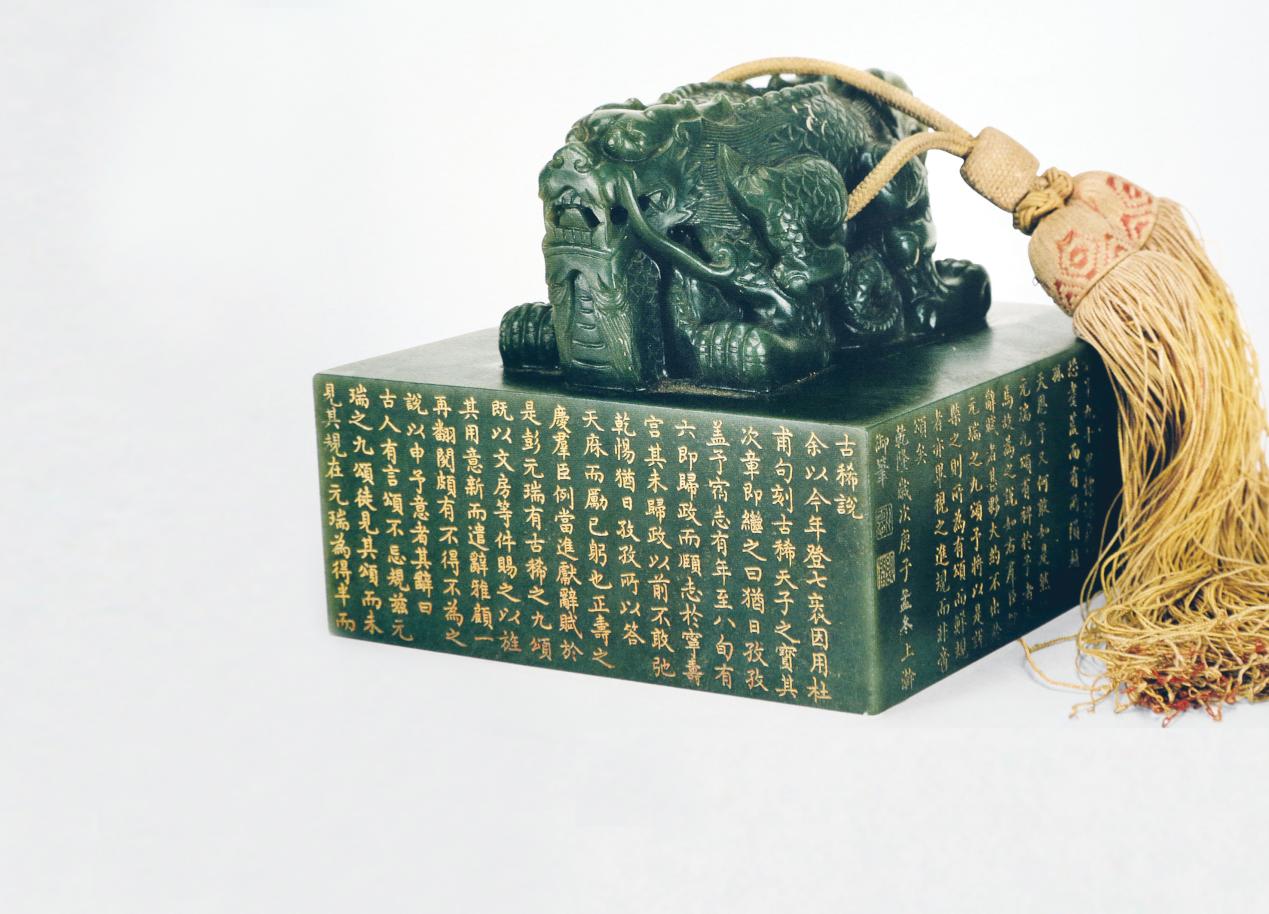
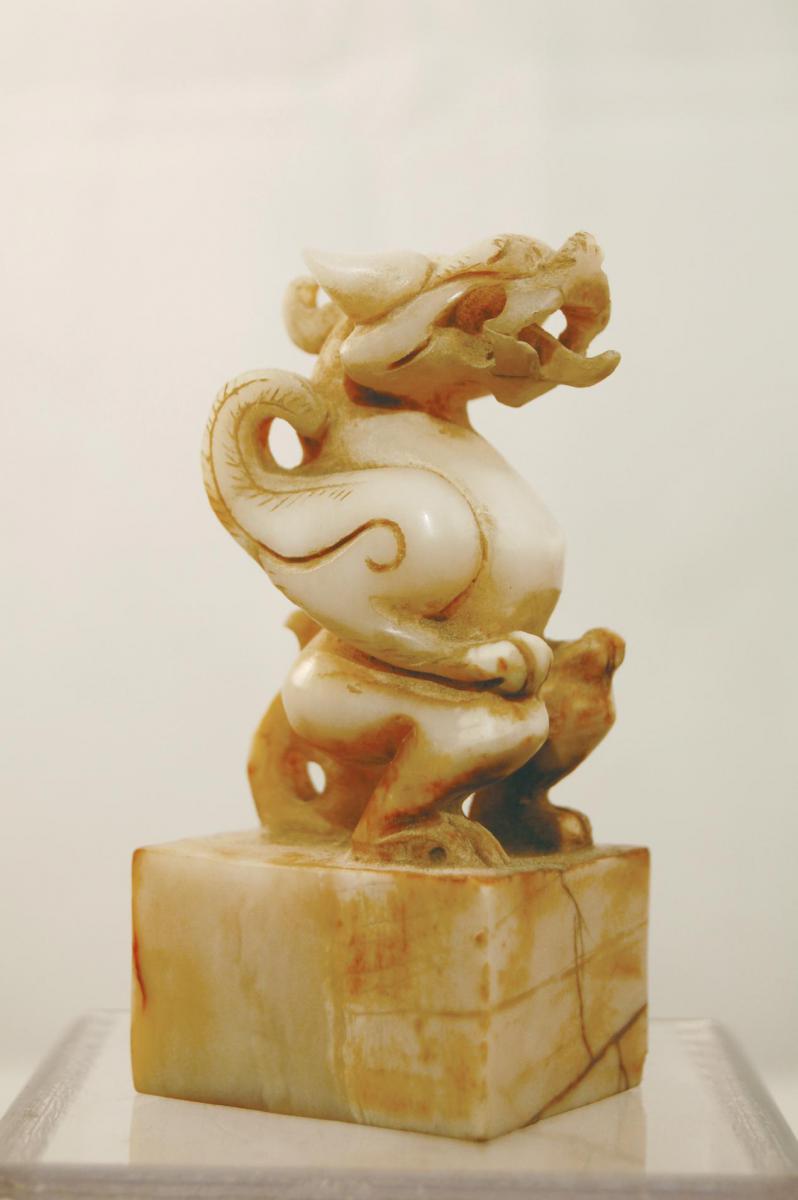
In Han Dynasty, Jinshi Study appeared. The literal meaning of this term is “the research on metals and stones”. It mainly researched the relics before Qin Dynasty, discussed the design, calligraphy, and the history of certain items, which were mainly seals, tablets, and any other things made of metals and stones with inscription. Then, this study reached its peak in Song Dynasty (960 AD- 1279 AD) and Qing Dynasty (1636 AD-1912 AD), respectfully due to the prosperous art study and the harsh public opinion control. It is through the Jinshi Study that current scholars could conclude the developing process of Chinese inscription art and recover part of the lost history. In this respect, Jinshi Study is an early form of Chinese archaeology, which also shows the significance of Chinese seals culture.

Tips: The most known emperor of the Qing Dynasty, Qian Long, owned more than a hundred seals in his collection. Almost everything of his duty had a seal for. The materials of the seals are mostly white marble, jade, and dark green jade. Only two special seals are of different materials, one is his official seal as emperor, which is made of gold, and another is a wooden one, only as his private collection.
Seal engraving and seal culture
Some said the Chinese seal engraving has witnessed the development of Chinese inscription art. Since the two arts are similar in form and have been deeply intertwined, this saying was not wrong. In inscription art like tablets inscription, the style of the script changed through time and fashion. The commonly used ones were the Seal Scripts, the Clerical Script, and the Regular Script, where scripts have straight strokes much easier for engraving. However, for seal engraving, the Small Seal Script was the most common choice. The complex strokes and obscure characters add a sense of mystery and enpowerment to the seals. Meanwhile, this one-of-the-oldest script creates a sense of succeeded orthodoxy from ancient times and directly from heaven, which is precisely what the governors needed.
Being not only a tool, the seal culture developed a series of new forms and usages. Aside from governors’ seals and name seals, there are also decorative ones, which are commonly used in artistic production, namely the Chinese landscape painting. These decorative seals are for balancing the proportion of the painting, leaving the empty space just enough for the perfect aesthetic sense. Also, there are collector seals, which allows the collector to leave a mark on its art collections while not disturbing the original contents.
The Xiling Seal Art Society is an art and academic society for seal art. It was founded in 1904 by scholars and specialists in seal engraving and Jinshi Study. The society is located by the famous Xihu Lake in Hangzhou, Zhejiang. With an elegant environment, members of the society can gain inspiration from the great nature and integrate it into their study and work. The society was nominated as the base for the China Intangible Heritage of Seal Art Technique. By these hands of craftsmen and scholars, the past and future of seal art are to be further discovered.
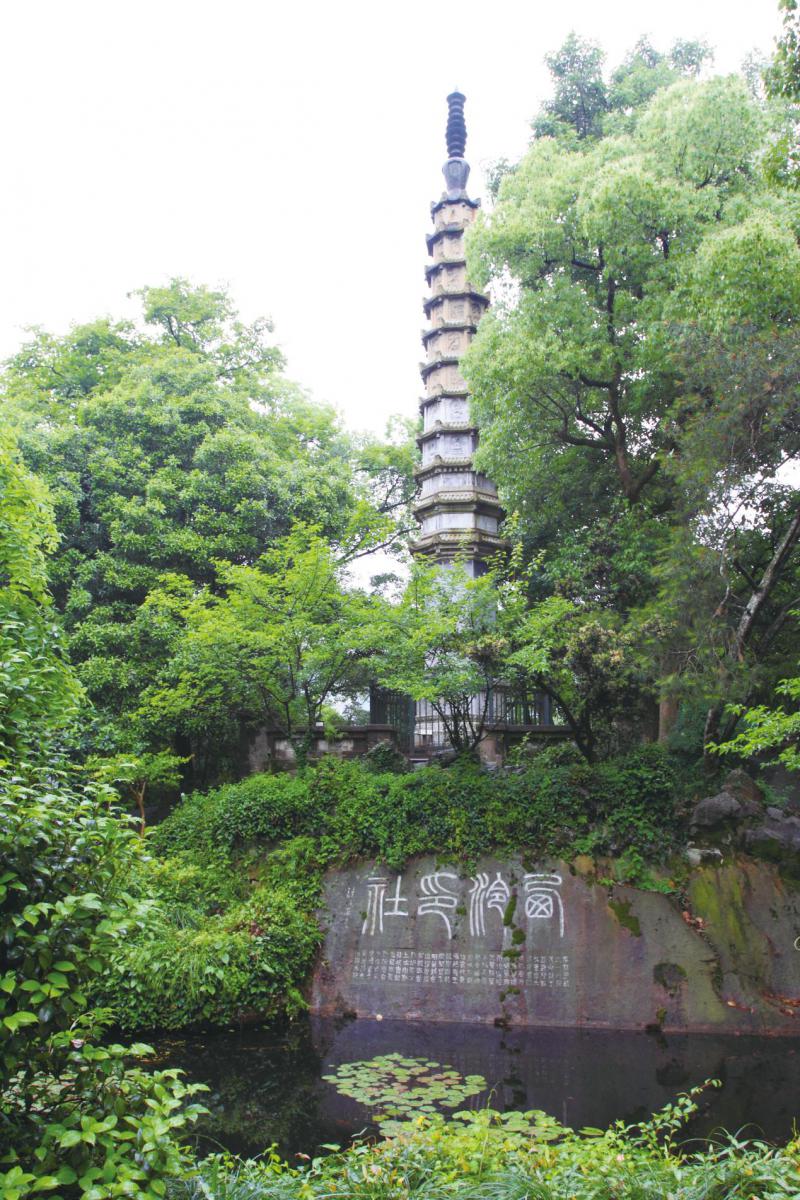
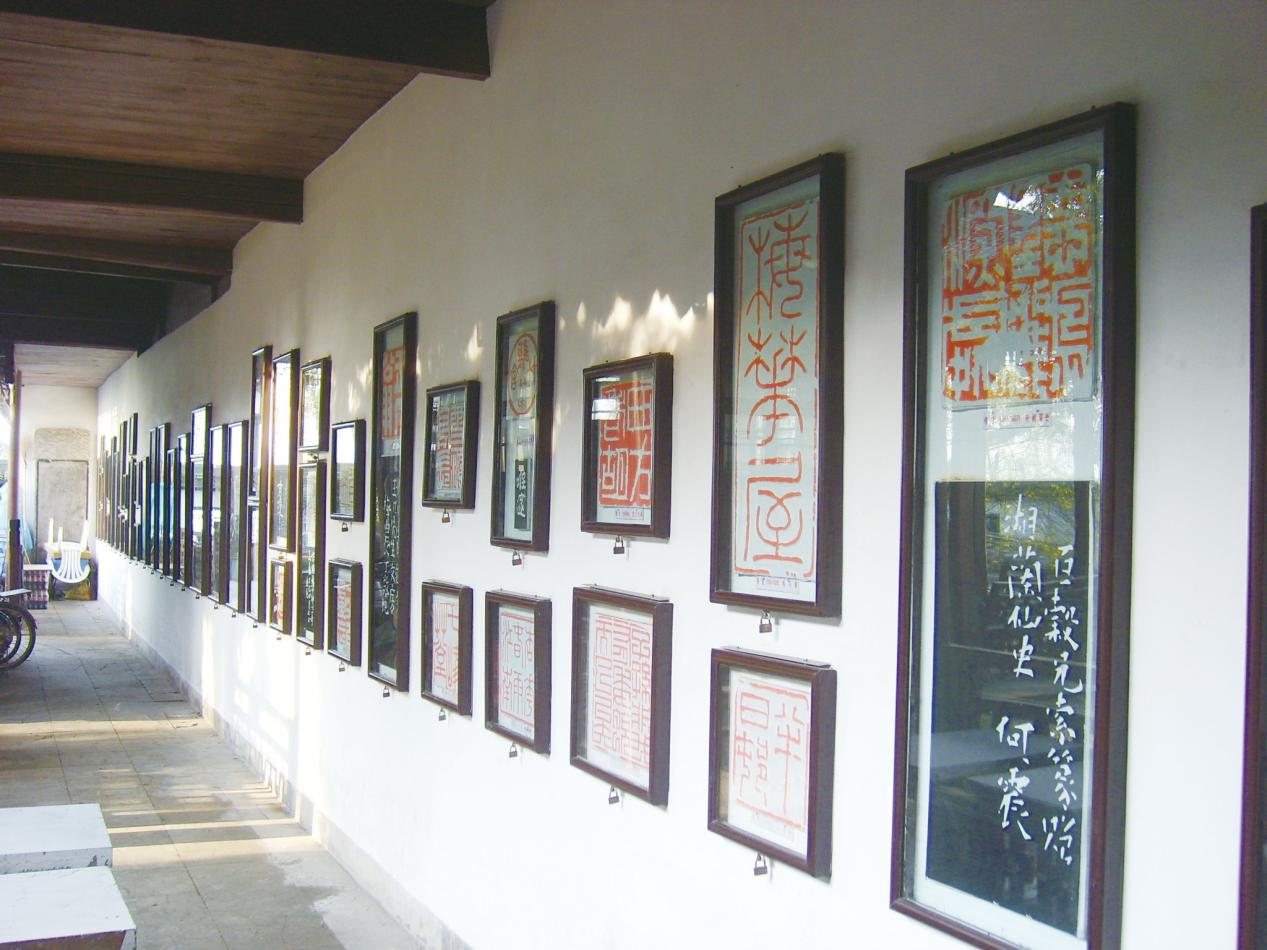
Tips: The seals can be carved in two ways: Yin carving and Yang carving. Yin carving is also called the white characters carving that the characters of the seals do not have contact with the paint, whereas Yang carving is quite the opposite. In Chinese landscape painting, the artist should have their name stamped on the work with both a Yin seal and a Yang seal.
桂ICP备14000177号 Copyright@2006-2013 Guangxi China-ASEAN Panorama Magazine Agency Co., Ltd. All Rights Reserved